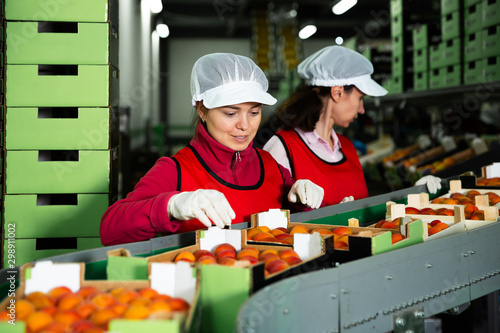
Food redistribution is where surplus items, which would otherwise end up as waste, are made available for other uses and consumption. Companies, charities and individuals can all benefit from the redistribution of surplus food. There are many organisations that will help match surplus food with people or businesses in the community who can make use of it.
Throwing food away has a financial impact that goes far beyond the commonly reported costs associated with waste collection. The true cost of food waste includes not only the purchase cost, but also the operational costs associated with labour, water, energy and waste disposal. For hospitality and food service organisations, the true cost is estimated to be € 3 450 per tonne, while for retailers it is some € 1 450 per tonne, and for manufacturers it is around € 1 050 per tonne.
Sources of surplus food include:
- Products that are close to their ‘best-before’ or ‘use-by’ date
- Slow-moving stock or deleted lines
- Products that are incorrectly labelled or have no label
- Products with damaged packaging
- Ingredients and finished products that may not meet customer specifications or demands
- Redistributed food can include fresh and frozen fruit and vegetables, meat and fish, dairy products, packaged goods, beverages, frozen processed items, eggs, dairy, etc.
Assigning someone in the company responsible for food redistribution is an important step. This person can help to identify items and select a reliable partner for redistribution, set up a formal agreement with the partner organisation, set aside space and develop systems for food surplus storage and eventual handover. Communicating the benefits of the organisation’s redistribution activities among staff, customers and suppliers is generally seen as positive. The chosen partner can also help get the message out and agree a format for feedback on where and how the food is being used and who is benefiting from it.